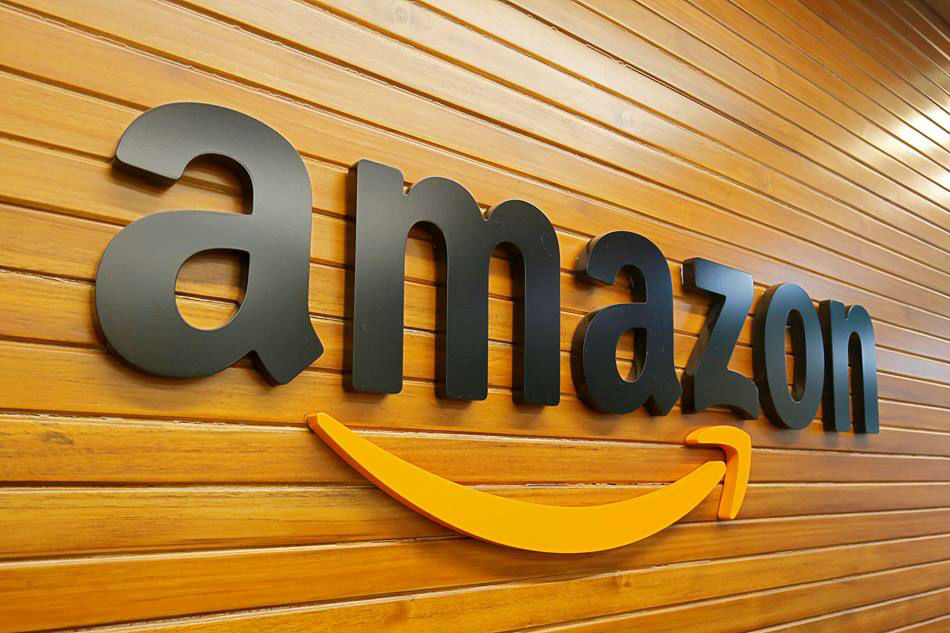If your looking to sell online, Amazon.com absolutely must be part of your online sales strategy. Without a doubt, it has become the top eCommerce destination for the vast majority of the English speaking world. Estimates put Amazon’s market share at over 30% of all eCommerce transactions worldwide. Which by any stretch of the imagine, is huge.
The problem most new merchants face is how to effectively get started on Amazon. Sure, signing up is relatively simple. But sellers soon find out that disappointment quickly follows if they believe an account and a few products is a quick path to riches.
Here is a quick down and dirty guide to getting started on Amazon.
How to Start Selling on Amazon

1. Know What You Want to Sell
The first step of the process is deciding what you want to sell. It used to be you could put up pretty much anything and it would move, those days are long gone. Now days it’s important the thoroughly research products and profitability long before you start adding items.
A quick search on Google for “what products sell best on amazon” will give you not only Amazon’s “Top Selling” items, it will provide you links to a number of third-party resources as well.
Remember, most sellers are checking these lists on a daily basis so selecting items at the top of the list it’s always a good idea. Find items that have a passion for. You’re not going to be selling much in the beginning so having an interest and expertise in the items becomes important.
Once you locate products to sell, you’ll need to locate a company to source the products from. Some of the best resources on the web for sourcing products is alibaba.com and globalsources.com. Spend time finding and interviewing companies that source your products. Be sure to locate a reputable and reliable provider. Here’s a article with detailed information on locating and sourcing the best products for Amazon.com.
When searching for products, it’s best to ask yourself the following questions: “If I was the customer, what would be things that I would most likely buy?” or “What are the hobbies or things I love that I would care enough to buy?”
According to Greg Mercer, CEO and Founder of JungleScout, it is best to do private label. Private label is a method where you take an existing product and rebrand it with your own label. It’s easier to get profit with your own manufactured brand than to sell someone else’s label.
2. Create Well-Written Product Descriptions
Even if you have the best product ever made, no one will care if your product descriptions on Amazon aren’t convincing enough. The main thing to keep in mind when making product descriptions is to identify and connect emotionally with your customers.
It’s been proven creating an emotional connection with your audience improves conversions. While creating amazing product descriptions is time consuming, the effort you put in now will pay off in the end.
3. Choose the Amazon Pro Seller Account
Once you’re got your products figured out, it’s time to set up your Amazon account. For the most part Amazon keeps things pretty simple.
You can choose between the Individual Seller and the Professional (Pro) Seller accounts. The Individual Seller account costs $0.99 per item sold while the Pro Seller account has a flat rate of $39.99 per month regardless of how many items are sold.
If you plan on selling with Amazon long-term, go with the Pro Seller account. It has business reporting features and other perks that makes your experience in the Amazon business way better.
4. Know the Buy Box

If one of your products gets the Buy Box, thank your lucky stars. This is a feature that notifies you that Amazon has chosen your product from your as the main supplier in the marketplace. Over $56 billion of Amazon’s $64 billion in sales comes from products that have the BuyBox.
In order for you to be eligible for the Buy Box, you must meet the following criteria:
- You must have a Professional Seller account
- The item needs to be in stock– this could basically cause a major problem if by the time the customers see it, and then it disappears.
- There is a difference between the Buy Box and Buy Used Box – The latter refers to selling used items.
5. Promote Your Amazon Store Page
Once your store is up and running, it’s important you understand how to effectively promote and ship your product within the Amazon Marketplace. Some of the most well known tools they offer are Amazon Sponsored Product Ads and Fulfillment by Amazon.
I highly recommend that you use the Fulfilled by Amazon (FBA) service. Amazon takes care of the warehousing of your products, shipping, and handling customer service and returns.
Here’s a more detailed look on how FBA works:
Other advantages of the FBA service include:
- Extending the reach of your products to Amazon Prime subscribers
- Gaining an extra push towards winning the Buy Box
Conclusion
Selling on Amazon.com isn’t easy especially when the marketplace is so crowded. There are many ways to be truly successful in the Amazon business and the tips I gave are just some of them. The only way to know whether you’ll be successful in selling on Amazon is to JUST DO IT.
Author Bio: Mary Elaine, With a business degree in Business Administration in her holster, Mary set forth to study, learn and become an expert in everything eCommerce. She’s the Chief Content Officer of PinnacleCart. Outside of catching up on the latest business trends, Mary enjoys spending her time going to the beach, hanging out with friends and catching a good soccer game.
















